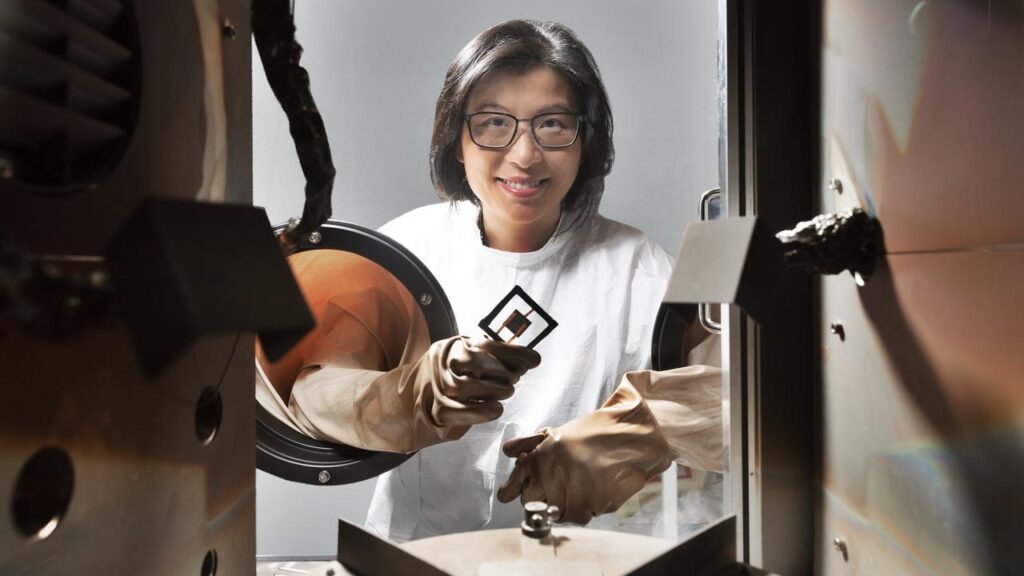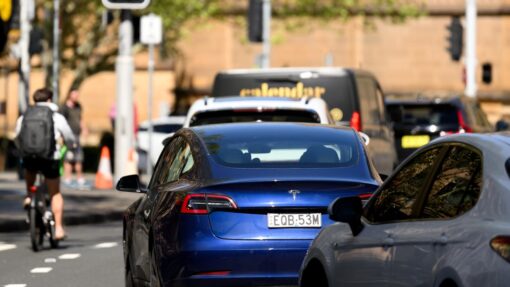Next-generation solar technology inches closer to roofs
Jennifer Dudley-Nicholson |

The next generation of solar cell technology could be more efficient as well as being cheaper to make after a breakthrough led by Sydney researchers.
A research team, headed by University of Sydney Adjunct Professor Anita Ho-Baillie, published its findings late on Tuesday after improving the capability and durability of the solar cells.
The research also created the most efficient large demonstration of the triple-junction perovskite and silicon technology.

The team’s findings come after the Australian Energy Market Operator revealed rooftop solar panels had become the largest source of energy generation during the past financial year, and continued to be installed by Australian households at record levels.
The study, published in the Nature Nanotechnology journal, investigated solar cells with three layers also known as triple-junction cells.
The technology used two layers of perovskite, which is an inexpensive crystalline material, and one layer of silicon.
In the study, researchers were able to create one 16 square centimetre cell with an energy conversion efficiency rate of 23.3 per cent – the highest for its kind – and a 1 sq cm cell with an efficiency of 27 per cent.
The breakthroughs were achieved by changing the chemicals used inside and outside the cells, Prof Ho-Baillie said, and redesigning their structure.
“We improved both the performance and the resilience of these solar cells,” she said.
“This not only demonstrates that large, stable perovskite devices are possible but also shows the enormous potential for further efficiency gains.”

The team’s 1cm cell also passed the International Electrotechnical Commission’s thermal cycling test that exposed it to 200 cycles of extreme low and high temperatures, during which remained efficient for 407 hours.
While the technology was not yet ready for commercial use, Prof Ho-Baillie said, the results would give researchers confidence that it could be scaled up in future.
“Perovskites are already showing us that we can push efficiencies beyond the limits of silicon alone,” she said.
“These advances mean we are moving closer to cheaper, more sustainable solar energy that will help power a low-carbon future.”
The publication comes one month after Prof Ho-Baillie received the Eureka Prize for Sustainability Research for her research into solar cell technology.
For this study, she collaborated with partners from China, Germany and Slovenia, and received funding from the Australian Renewable Energy Agency, National Natural Science Foundation of China, Australian Research Council and Slovenian Research and Innovation Agency.
Australia is a world leader in the adoption of rooftop solar technology, with AEMO reporting panels had been installed on more than four million roofs by the end of June, producing more than 23 gigawatts of electricity.
AAP


